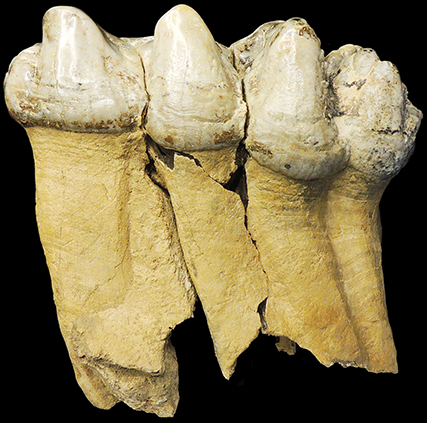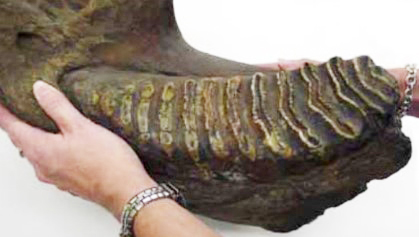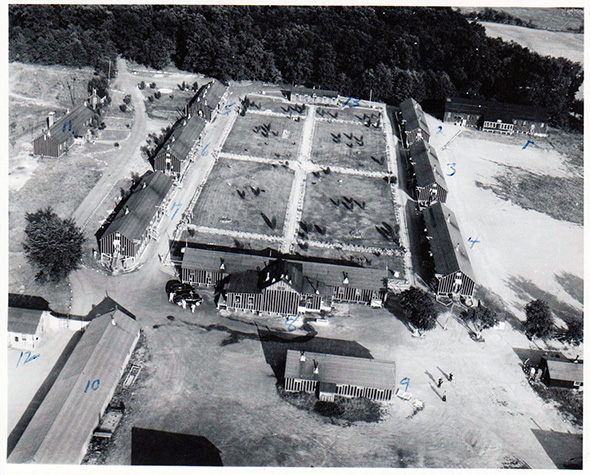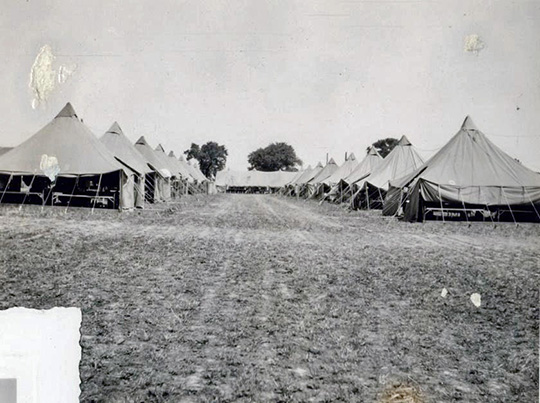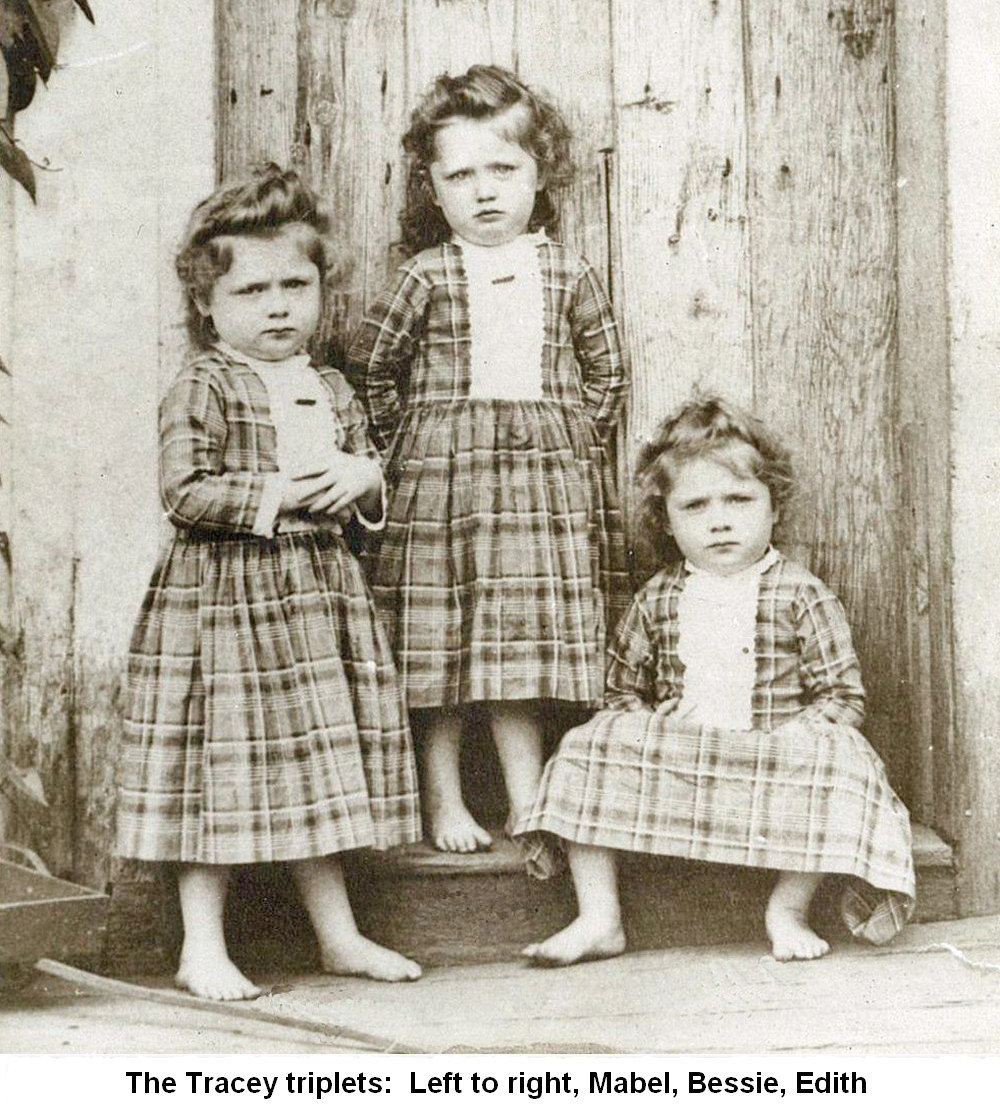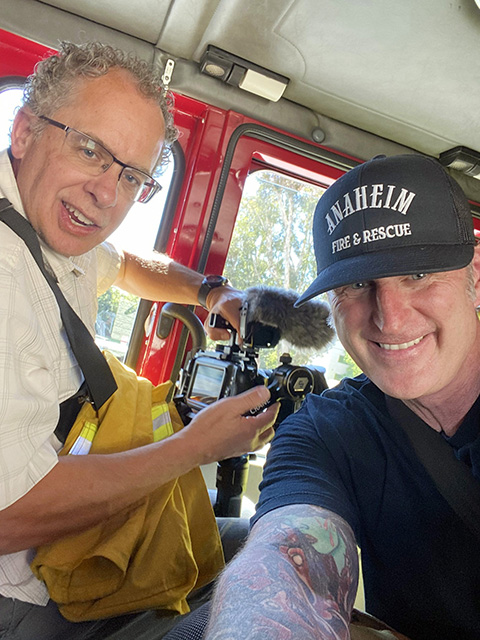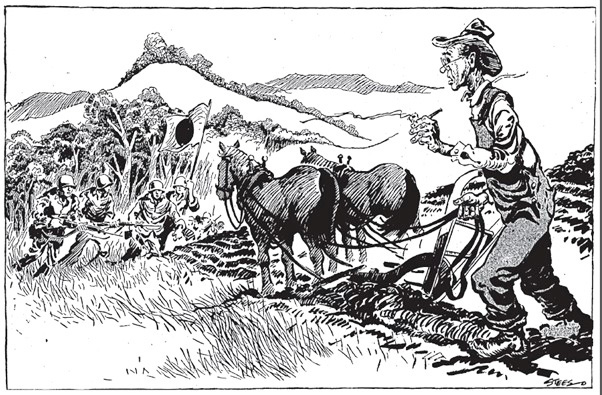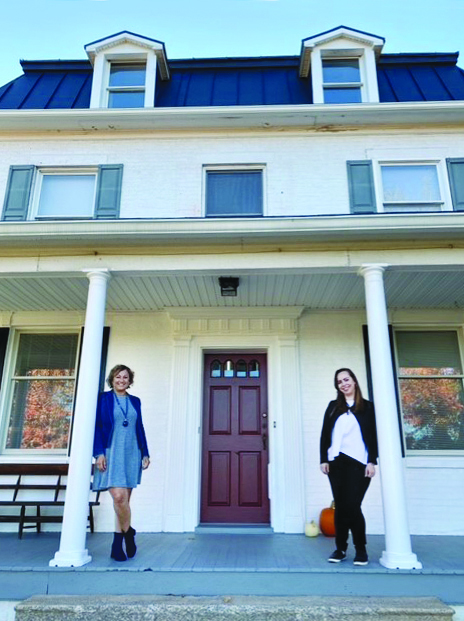Thurmont
Mayor John Kinnaird
With the last two weeks of February surprising us with amazing weather, I think we are all looking forward to the warmth of the spring and summer months.
Now is the time to plan to attend many of our amazing events in the coming year. Here is a listing of some of the events we have planned for this summer: 2023 Concerts in the Park at Memorial Park, Green Fest, Restaurant Week, Thurmont Business Showcase, Thurmont Farmers Market, Art and Wine Strolls, Plein Air, Colorfest, Gateway to the Cure, and Christmas in Thurmont.
Information on these and many other events are available at thurmontmainstreet.com.
Questions, comments, or suggestions? I can be reached at 301-606-9458 or jkinnaird@thurmont.com.
Emmitsburg
Mayor Don Briggs
So many good things happened in February. One good thing is the town has been approved, for the tenth year, with Community Legacy Grant (CLG) funds for facade improvements of properties located in the historic area. This began when the state approved Emmitsburg as a Sustainable Community during my first year in office. A gauntlet lies ahead for property owners who choose to apply, including the Maryland Historic Trust approval. From humble beginnings, more formalized protocols have developed. Currently, after advertising the availability of funds, a committee of residents with both technical construction knowledge and community service resumes beyond reproach review the applications. All members of the committee have been approved by commissioners over the years for services to the community and some on more than one occasion. To date $455,000 in 50/50 grants have been dispersed, resulting in $988,000 in improvements. Thank you to the committee members for setting aside the time for this commitment.
Another good thing, on the first Friday of February, Conrad Weaver, my grandson Tyler Myles, and I attended the 17th Annual Ukrainian National Prayer Breakfast, held at Hilton Hotel in Washington, D.C. This is an event I have looked forward to attending after two Zoom meetings with Mayor Ihor Poishchuk of Emmitsburg’s Ukrainian Sister City Lutsk. We joined well over 300 people for a breakfast that featured a Ukrainian chorale in traditional dress; other recognized Ukrainian singers; Catholic, Orthodox, Protestant clergy, and Evangelicals. Also in attendance were three U. S. ambassadors, as many as six congressmen, one governor, and at least one mayor. More than 10 countries were represented, including Israel. To me, the most special attendees I had the opportunity to meet included Veteran soldiers, some bearing noticeably serious injuries from the ongoing defense against the invasion by Russia, and 10 children who lost their fathers in the war. They were touring the U.S. as part of a healing process program sponsored by a Ukrainian-American group, UKRHELP Foundation, based in Bellevue, Washington; Yurii Bezpiatko, member of our Sister City Lutsk City Council; and Ukrainian Ambassador to U.S., Oksana Serhiyivna Markarova. The ambassador may visit us in Emmitsburg.
The town council discussion on water rates was postponed until the March 13 town meeting. This will be the fifth time over the last year this topic has come before the council. There have been hours of discussions that included selecting a consultant to study water rates and reviewing the consultants’ findings. A lot of information is floating about, but the facts are that water rates were not raised during the last 12 years because the council approved raising sewer rates significantly twice during that time to accommodate the new $19.5-million sewer plant the town was required to build by the state. To note, if the commissioners come to an agreement on an increase in the water rate, only the water rate will increase, not the combination of water and sewer rate.
Another President’s Day has come and gone. Not much recognition attached to it any more it seems, just a day off as a part of a three-day weekend. The roots of the holiday are worth remembering. President Abraham Lincoln’s birthday is on February 12, and President George Washington’s birthday is on February 22. These two were amazing people who rose from very humble beginnings to be presidents. Their lives are worth learning more about and not forgetting.
Ash Wednesday fell on February 22 and marked the beginning of a 40-day Lenten period that leads up to Easter, which falls on April 9 this year. It’s a good time to do things for those in our community who are more in need, starting with, perhaps, being more respectful.
Take care and enjoy the off-and-on days of sun and warmth as we get ready for all the many spring youth events.
Woodsboro
Greetings to all! Our February 14 meeting was a busy, productive meeting.
The town commissioners and I went through the recommendations on an ordinance to allow chickens in town. Chickens are currently not permitted in town per the town code that was implemented in 1972. After several deliberations and changes, the vote was 3-1 to allow chickens in town. Yards less than one acre in size will be allowed up to five hens, and lots larger than an acre in size will be allowed up to 12 hens. No roosters will be allowed. This is the tentative approval. As per code, we are required to have a public hearing before amending the code. The public hearing meeting is scheduled for April 11 before our regular town meeting. At that point in time, unless the commissioners change their votes, the code change will be solidified, and all of the requirements will be codified. We will also be adding an additional code change proposal at the meeting, concerning residents’ grass height. The current code states grass can be 18 inches high. We will be proposing a change to a 9- or 12-inch height maximum.
Our planning and zoning committee sent the drawings back to the engineer for the site plan for our town hall building at their February meeting due to it not having enough green space up front to fit a sign and flagpoles. The engineer will have the revised plan back to P&Z for their March 6 meeting. If they approve it, then it will come to the town council at the March 14 meeting. If the commissioners approve the site plan, the next step is that it will be sent to the county for the permitting process to begin.
A reminder: Woodsboro has elections coming up on May 13. There will be two town commissioner seats up for election. To be eligible to run, you must be at least 18 years old and a resident within the town limits for a minimum of one year before the election. If you have an interest in running, please reach out to Mary in the town office.
We have started projects for grants that we have been approved for. Our three new flag poles have been installed at the Veterans Memorial where we will now be able to fly our American, Maryland, and Woodsboro flags all simultaneously on their own poles. In addition, construction will begin soon on the approved pavilion to be built in the upper side of the park by the disc golf course. I have also started the process of getting electricity run to the upper side of the park and will be working on getting the bathroom built up there as well. We were approved for a $214,000 grant for these projects so we will be beginning them soon. My goal is to have the electricity run before Woodsboro Days in October. In addition, we submitted a grant request to remodel the concession stand and upgrade the bathroom as well. We will have the answers for that when the governor’s FYI 2024 budget is approved.
As always, I encourage everyone to support Glade Valley Community Services (GVCS) if you have clothes or food donations as they are always in need of items for members of the community. For more information, please contact GVCS by email at gvcs.inc@verizon.net, or call 301-845-0213.
If you have any questions, concerns, complaints, or compliments please feel free to reach out to me at hbarnes@woodsboro.org or by phone at 301-401-7164.
Woodsboro Town meetings are held on the second Tuesday of each month at 7 p.m. In addition, Planning and Zoning meetings are at 6 p.m. on the first Monday of the month as needed. If you have an item for the agenda, it needs to be submitted 14 days before the P&Z meeting. The current location for meetings is the St. Johns United Church of Christ located at 8 N. 2nd Street, Woodsboro, MD 21798. The public is always invited to attend.




